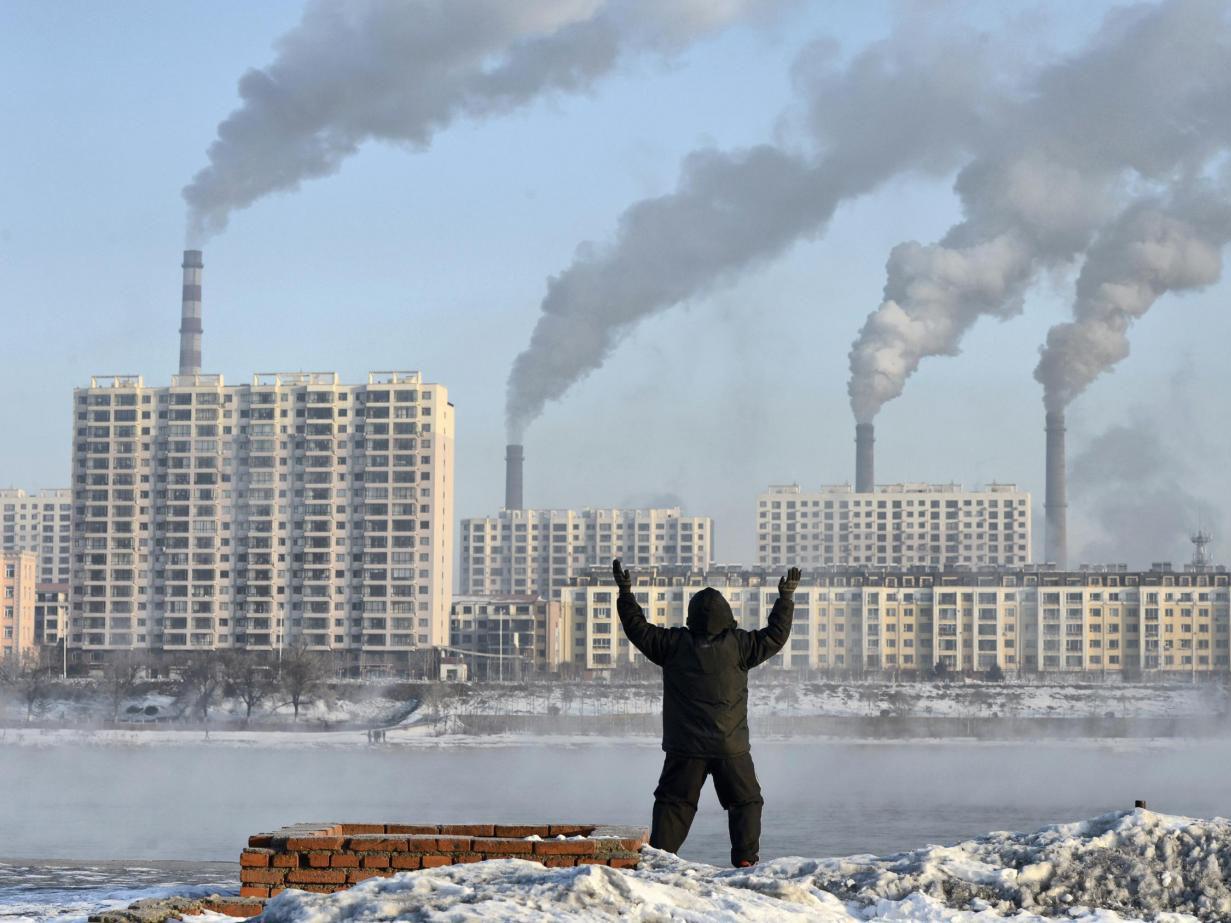A “spongy” crystal that can turn thin air into fuel by extracting carbon dioxide has been developed by scientists.
Professor Haimei Zheng, one of the researchers behind the new material, of the US Energy Department and the University of California, Berkeley, said the light-activated material was a “critical step” toward making a high-value fuel while at the same time reducing the amount of greenhouse gas in the atmosphere.
It works by turning carbon dioxide into carbon monoxide, which can be turned into a useful source of energy, The Independent reported.
There is increasing concern that the world will not be able to restrict global warming to 1.5 degrees Celsius–the target set out in the Paris Agreement on climate change to avoid the more dangerous effects.
This has prompted scientists around the world to develop cost-effective ways of removing carbon from the atmosphere, Independent reported.
Professor Haimei said: “The world right now is in need of innovative ways to create alternatives to fossil fuels and to stem the levels of excessive carbon dioxide in the atmosphere."
She said converting carbon dioxide to fuels using solar energy is a global research endeavor.
“The spongy nickel-organic photocatalyst we demonstrated here is a critical step toward practical production of high-value multi-carbon fuels using solar energy,” she added.
The researcher noted that their technique produced almost 100% pure carbon monoxide, with no other gases like hydrogen and methane detected.
“That’s a big deal. In carbon dioxide reduction, you want to come away with one product, not a mix of different things. Complete suppression of the competing hydrogen evolution during a photocatalytic carbon-dioxide-to-carbon-monoxide conversion had not been achieved before our work,” she said.
The nickel-organic photocatalyst used in the process is said to have similar properties to metal-organic frameworks, or MOFs, which have been hailed as potential wonder materials.
MOFs are a sophisticated blend of metal and carbon capable of soaking up poisonous gases, creating water from the driest of air and storing the next generation of hydrogen fuel.
Caption: Officials say the world will not be able to restrict global warming to 1.5 degrees Celsius.


